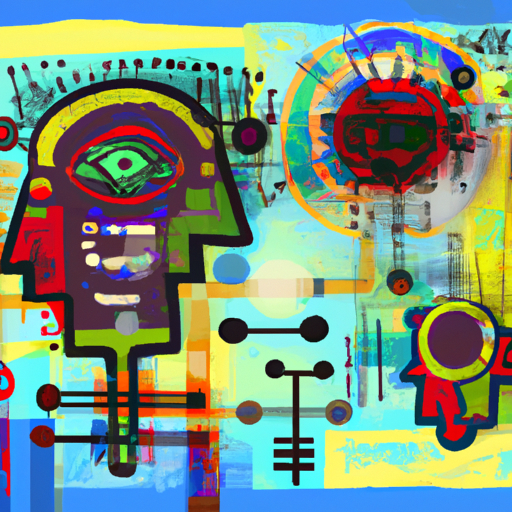Welcome to our deep dive into the fascinating world of Natural Language Processing (NLP) – the groundbreaking technology that enables artificial intelligence (AI) systems to comprehend human language. In this article, we will explore the underlying mechanisms behind NLP and discuss how machines decode and interpret our words to provide us with valuable insights and assistance. So, buckle up and get ready to unravel the secrets of NLP!
What is Natural Language Processing?
Natural Language Processing, often referred to as NLP, is a branch of AI that focuses on the interaction between computers and human language. It aims to equip machines with the ability to understand, interpret, and generate human-like text or speech. At its core, NLP combines the powers of computer science, linguistics, and machine learning to bridge the communication gap between humans and machines.
The Power of NLP
With the ever-growing volume of textual data available in today’s digital age, NLP has emerged as an indispensable tool for extracting valuable information, improving customer experiences, and enabling personalized interactions. NLP-driven systems can effortlessly analyze vast amounts of text data in real-time, making them essential for applications such as sentiment analysis, language translation, chatbots, voice assistants, and even fraud detection.
How Does NLP Work?
NLP operates through a series of complex algorithms and techniques that allow machines to parse and make sense of human language. Let’s take a closer look at the key steps involved in the NLP process:
1. Tokenization:
In this initial phase, the text is broken down into smaller units called tokens, such as words or characters. Tokenization is crucial, as it enables the machine to comprehend the structure and meaning of the text.
2. Morphological Analysis:
Next, the machine analyzes the internal structure of each token, considering factors like word roots, prefixes, and suffixes. This analysis helps determine the word’s grammatical form and identify its meaning.
3. Part-of-Speech Tagging:
Here, each token is assigned a grammatical tag, such as noun, verb, adjective, or adverb. This step facilitates further understanding of the text’s syntax and allows the machine to identify relationships between words.
4. Parsing and Syntax Analysis:
The machine examines the grammatical structure of the text, helping it understand how words relate to one another. Through parsing, NLP systems generate a hierarchical structure called a parse tree, representing the syntactic relationships within the sentence.
5. Semantic Analysis:
After establishing the syntactic structure, the machine delves into the deeper meaning of the text. It focuses on understanding the intended message, resolving ambiguities, and comprehending the contextual nuances present in language usage.
6. Named Entity Recognition:
In this step, NLP systems identify and classify specific named entities mentioned in the text, such as names of people, organizations, locations, or dates. This ability aids in extracting valuable information and useful insights from unstructured text data.
7. Sentiment Analysis:
One of the most powerful applications of NLP is sentiment analysis, which involves determining the emotional tone expressed in text. By analyzing sentiment, machines can gain insights into customer feedback, social media sentiment, or online reviews, enabling businesses to make data-driven decisions.
Challenges in NLP
While NLP has made remarkable strides in recent years, it still faces several challenges in truly understanding human language. Consider the following hurdles when it comes to NLP:
- Ambiguity: Language is often ambiguous, with words and phrases having multiple interpretations. Thus, disambiguation poses a significant obstacle for NLP systems.
- Contextual Understanding: Humans rely heavily on context to derive meaning from language. However, teaching machines to comprehend context accurately remains a complex task.
- Cultural Nuances: Language varies across regions and cultures, making it vital for NLP systems to account for these differences in interpretation.
- Irony and Sarcasm: Capturing irony, sarcasm, and other forms of figurative speech challenges machines due to their reliance on literal interpretations.
Despite these challenges, the progress in NLP continues to accelerate, opening doors to exciting possibilities in AI-driven language understanding.
The Future of NLP
NLP holds immense potential to revolutionize industries and improve our daily lives. From advancements in machine translation for global communication to building empathetic conversational AI assistants, the future of NLP is both promising and transformative.
As we journey through this era of rapid technological advancement, let’s embrace the wonders of Natural Language Processing and appreciate how it empowers machines to understand the complexities of human language. Who knows what remarkable feats we will witness as NLP continues to evolve?
